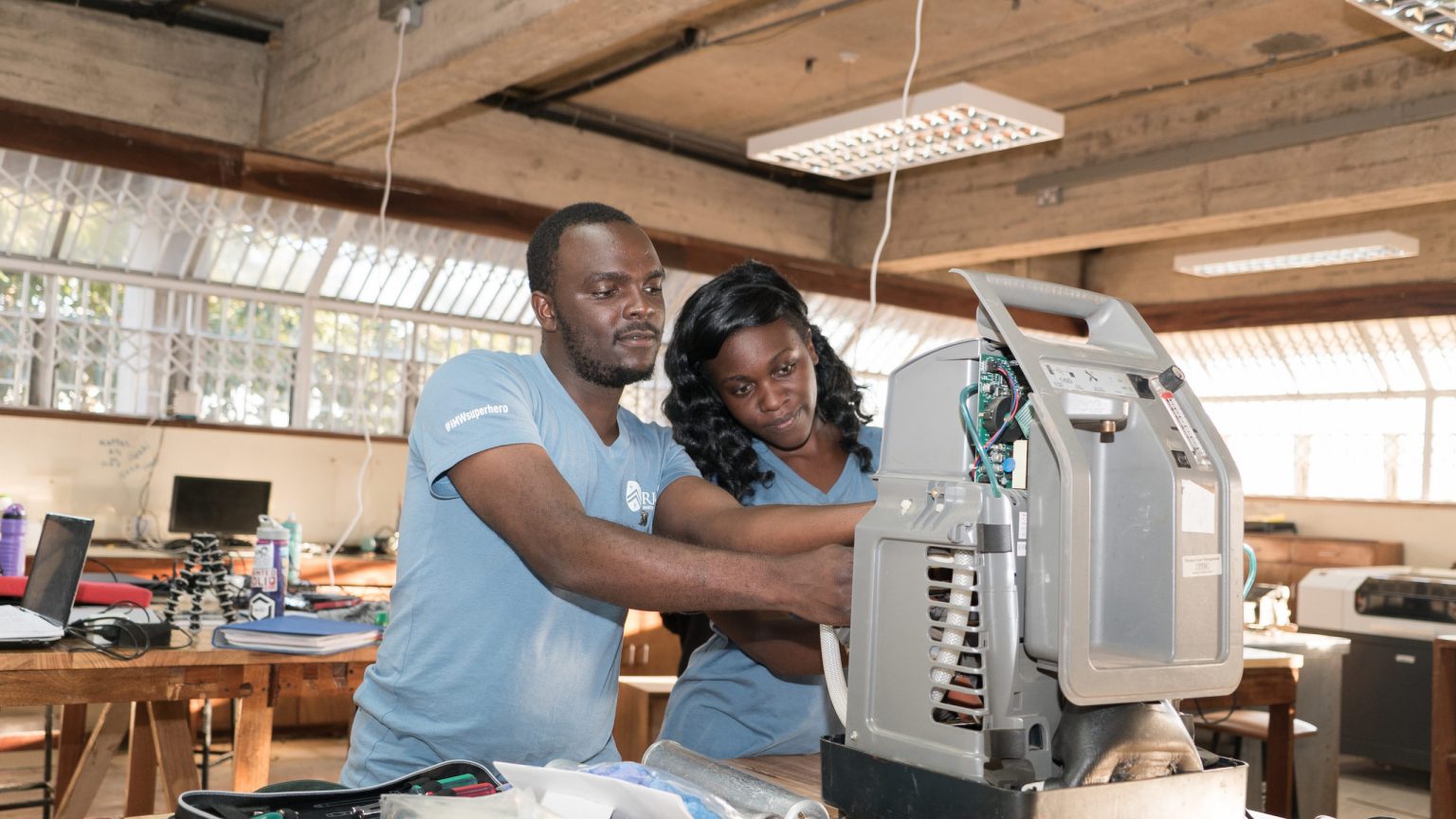Robotic vehicles have been used in dangerous environments for decades, from decommissioning the Fukushima nuclear power plant or inspecting underwater energy infrastructure in the North Sea. More recently, autonomous vehicles from boats to grocery delivery carts have made the gentle transition from research centres into the real world with very few hiccups. Yet the promised arrival of self-driving cars has not progressed beyond the testing stage. And in one test drive of an Uber self-driving car in 2018, a pedestrian was killed by the vehicle. Although these accidents happen every day when humans are behind the wheel, the public holds driverless cars to far higher safety standards, interpreting one-off accidents…
Author: The Conversation
Due to the global organ shortage and limited organ donors, thousands of patients are left wanting organs and tissues in cases of severe injuries, illness or genetic conditions. Many of these patients die before transplants are available. Tissue engineering is an emerging field that works on producing artificial tissue and organ substitutes as permanent solutions to replace or repair damage. As biomedical engineering researchers, we are developing 3D temporary organ structures — called scaffolds — that may help regenerate damaged tissues and potentially lead to creating artificial organs. These tissues can also be used in various tissue engineering applications, including nerve repair…
Over the long weekend reports emerged of an alleged data breach, impacting half a billion Facebook users from 106 countries. And while this figure is staggering, there’s more to the story than 533 million sets of data. This breach once again highlights how many of the systems we use aren’t designed to adequately protect our information from cyber criminals. Nor is it always straightforward to figure out whether your data have been compromised in a breach or not. https://twitter.com/UnderTheBreach/status/1349671417625931778? What happened? More than 500 million Facebook users’ details were published online on an underground website used by cyber criminals. It quickly became clear…
Takeaways · Nonfungible tokens prove ownership of a digital item – image, sound file or text – in the same way that people own crypto coins. · Unlike crypto coins, which are identical and worth the same, NFTs are unique. · An NFT is worth what someone is willing to pay for it, which can be a lot if the NFT is made by a famous artist and the buyer is a wealthy collector. An attorney friend recently asked me out of the blue about nonfungible tokens, or NFTs. What prompted his interest was the sale of a collage composed of 5,000 digital…
Renewed concern about the safety of public streets, especially for women, has prompted the UK government to announce the doubling of a “Safer Streets” fund to £45 million, with planned measures including more CCTV in public places such as parks. This would be to add to a street surveillance ecosystem that is already extensive in the UK – often referred to as the most surveilled nation on Earth. The first wave of surveillance cameras went in 30 years ago, and by 2013 an estimated 5.9 million units were watching UK streets. That figure is likely far higher today, driven in part by the new availability of compact cameras like dashcams, bodycams and doorbell…
The COVID-19 pandemic continues to have dramatic impacts on mobility, work routines, social interactions and psychological distress. Although no longer novel, the pandemic is still causing an overall disruption of normality and challenging our ability to make sense of the world around us. The World Health Organization has been drawing attention to pandemic fatigue, a natural response to a prolonged public health crisis. Pandemic fatigue involves decreasing motivation to follow health-related directives, including engaging in pandemic protective actions like eating well, exercising and decreasing tobacco or alcohol consumption. All levels of public health are attempting to explain, prevent and cope with this phenomenon. Making sense In our…
Over the past decade, selfies have become a mainstay of popular culture. If the #selfie hashtag first appeared in 2004, it was the release of the iPhone 4 in 2010 that saw the pictures go viral. Three years later, the Oxford English Dictionary crowned “selfie” word of the year. We use selfies for a variety of purposes, ranging from the social to the professional. According to a 2018 survey, 82% of US adults under 34 had posted a selfie on social media. Until the pandemic hit pause on public gatherings, an entire industry was dedicated to generating selfie events and museums. Given this tremendous reach and…
Dr. Msandeni Chiume Kayuni found herself in the middle of a supply crisis as COVID-19 spread to Africa in April 2020. As head of Pediatrics at Kamuzu Central Hospital in Lilongwe, Malawi, her team faced a critical shortage of N95 and regular surgical face masks. Nurses and doctors were striking. “We had members of hospital staff put their tools down because they did not feel it was safe to practice,” she told us in an interview. Ingenuity kicked in. The Malawi team purchased raincoats from the local market to use as personal protective equipment when they could not afford appropriate…
The pandemic has bred a new dependence on online technologies for work and social engagement. Immersive technology such as that used in 3D video games, virtual reality and augmented reality can be designed now so that the person experiencing them is transported into a socially rich online world. This began with the design of massive online role playing games and continues with other platforms for living in an altered digital reality with purposeful activity, such as the platform Second Life. https://www.youtube.com/watch?v=B1Xxay54fYA&feature=emb_logo Introduction to Second Life. During pandemic shutdowns, online role playing gamers have still had access to extensive social connections with many people in virtual worlds. Players communicated free…
When music fans listen to their favourite album, there’s a certain satisfaction derived from knowing that they paid for the music they love – they’re giving back to the artists who made it. That’s not the case on music streaming platforms, where artists aren’t paid a fixed fee when you stream their songs or albums. Instead, your subscription fee enters a big pot which is then split between every artist on the platform based on their share of overall streams. You can think of the payment pot as a pie chart: the size of an artist’s slice of revenue is determined…










